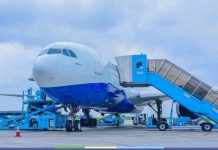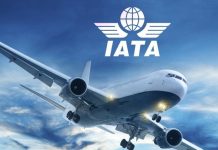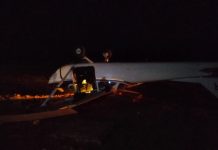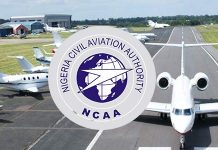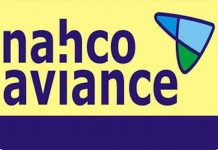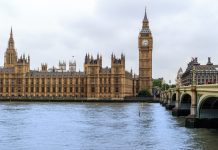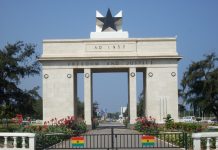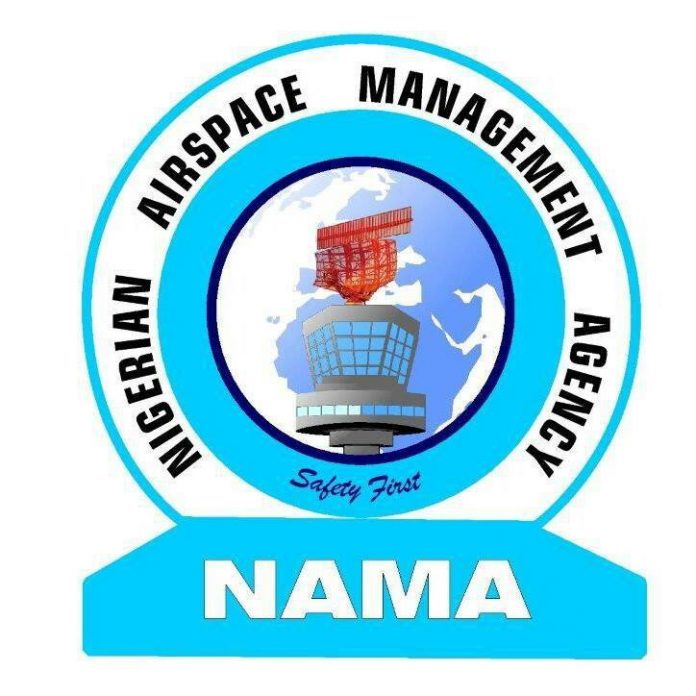The Nigerian Airspace Management Agency (NAMA) has commenced the implementation of Free Routing Airspace (FRA) in keeping with its commitment to enhancing airspace efficiency and reducing operational costs to airlines.
Giving this indication at a stakeholders’ sensitization forum which held at Sheraton Lagos Hotel, Ikeja, Managing Director of NAMA, Capt. Fola Akinkuotu said Nigeria had in October 2021 notified the global aviation community of its intent to commence the implementation of the Free Routing Airspace concept by December 2021.
He said, “The journey to the implementation of the Free Routing Airspace in Nigeria started two years ago, following the decision and recommendations of the International Civil Aviation Organization (ICAO) AFI (African- Indian Ocean) Region that member states should develop necessary strategies towards implementation of FRA in their respective states and regions.”
ICAO, in collaboration with International Air Transport Association (IATA), has shown its support for this push by developing the FRA concept of operations, conducting FRA gap analysis as well as providing guidance in the development of the FRA implementation checklist.
“After several meetings, workshops, and coordination among contiguous FIRs (Flight Information Regions), the FRA concept is surely transforming from an abstract idea to concrete reality and that has been largely the Nigerian experience as the nation successfully commenced FRA implementation on the 2nd of December, 2021.
“FRA was first conceptualized about 13 years ago in Europe, being the first region in the world to have implemented a full FRA concept beginning from 2008. However, in the entire ICAO AFI Region, Nigeria is the second country, after Mauritius to implement this globally new concept.”
Explaining further, the NAMA boss said FRA accords airspace users over Kano FIR the opportunity to migrate from the conventional fixed Air Traffic Service (ATS) route network to flight plannable direct routes between a published FRA significant boundary entry point to a published FRA significant boundary exit point, thereby optimizing airspace utilization.
He listed the benefits of FRA to airspace users to include: Savings in terms of distance covered per route segment; Savings in terms of time required to cover one route leg; Fuel savings per route leg as well as carbon emission reduction per route segment per volume of airspace.
Capt. Akinkuotu also used the opportunity to enjoin airline operators in Nigeria to take advantage of new technologies being deployed by the agency as these would enhance their operational efficiency.
He pointed out that in the last couple of years, NAMA has deployed several next-generation tools like the Performance-Based Navigation (PBN) Approaches, Controller-Pilot Data Link Communication (CPDLC), Instrument Landing System (ILS) Category II and III, and more, adding that some Nigerian airlines are not taking advantage of them.
The Free Routing concept is associated with ICAO Aviation System Block Upgrade – ASBU modules B1-FRTO, i.e. Introduction of free routing in defined airspace, where the flight plan is not defined as segments of a published route network or track system to facilitate adherence to the user-preferred profile.
The sensitisation forum was well-attended as it attracted representatives from the Nigerian Civil Aviation Authority (NCAA), IATA, Airline Operators of Nigeria (AON), Max Airlines, Air Peace, Emirates Airlines, United Airlines, Arik Air, and others.


